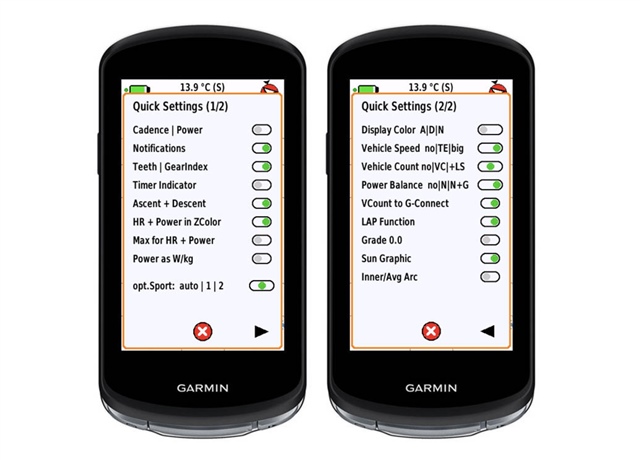So I have seen some datafields capable of changing the settings on the device (Garmin 1040). Made by others - Windfield is one of them.
The settings are shown by holding the finger on the datafield and then pressing the setting (gears) icons that appers - I can then select "ConnectIQ datafields" and then "Windfield".
How do I publish my settings to such a setting screen ?
I see there are some functions to implement in my datafield, like OnSettingsChanged() & GetSettings()
I've been looking around for an example with no luck...



